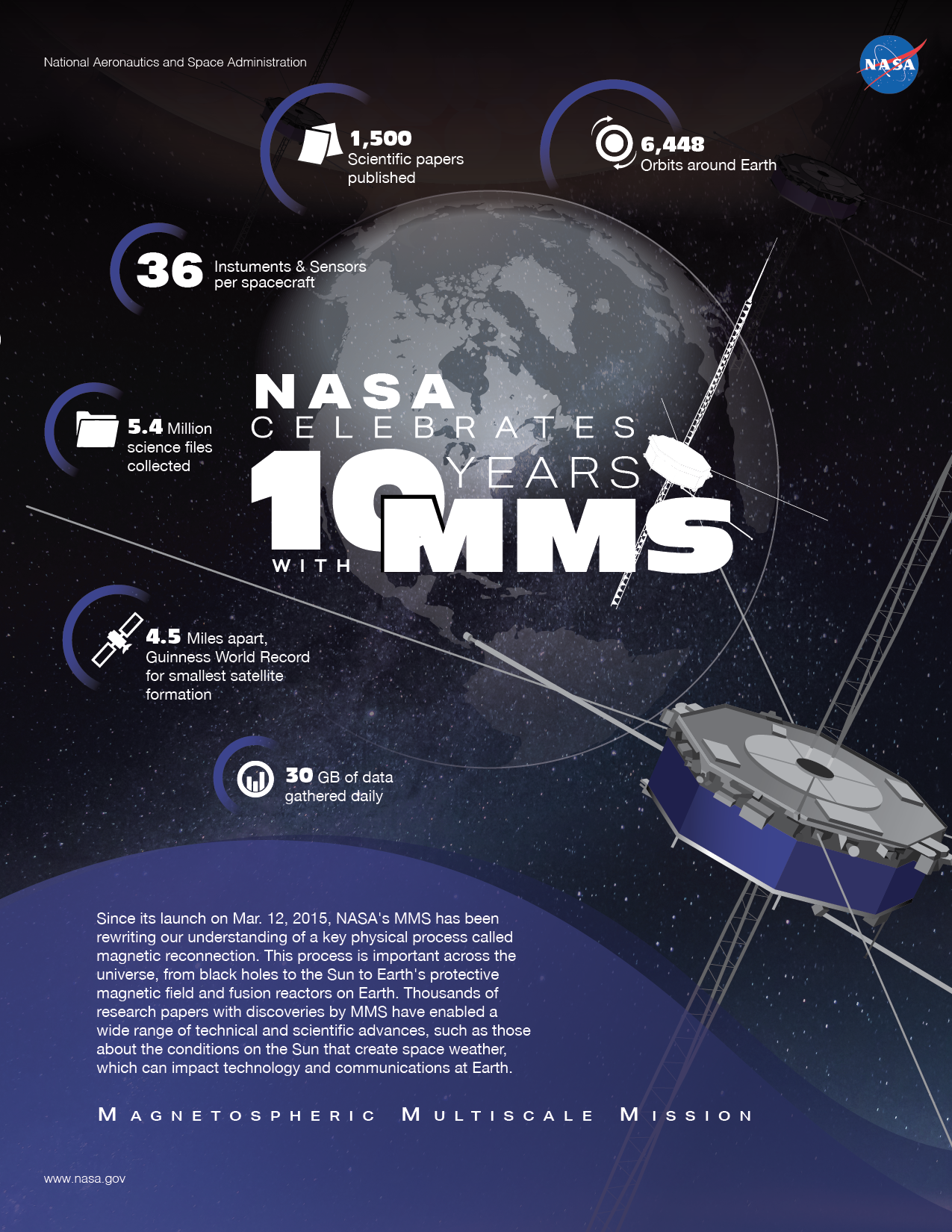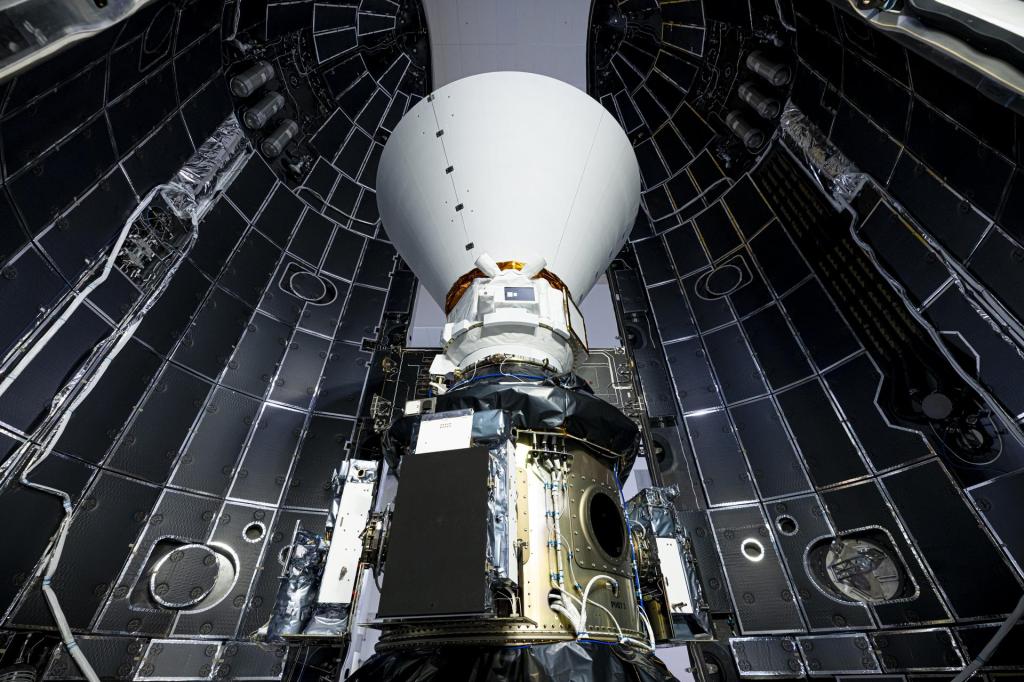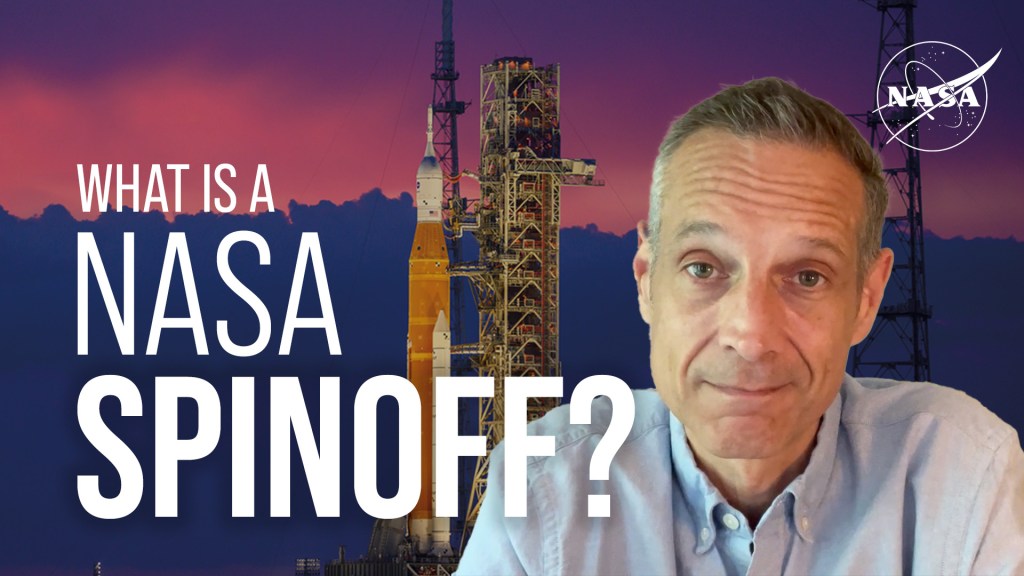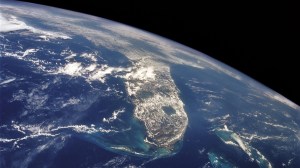In May 2018 Kīlauea volcano on the island of Hawaii erupted, touching off months of intense activity. Through August, incandescent lava from fissures spewed hundreds of feet in the air, and billowing ash clouds reached as high as six miles into the atmosphere. Huge lava flows inundated land up and down the Pacific island’s southeast coast, destroying hundreds of homes.
Volcanoes erupt when molten rock called magma rises to the surface, and many factors, from the shape of the volcano to the composition of the magma, factor into the timing of eruptions. In the case of Kīlauea, a new, NASA-funded study published April 22 in the journal Nature points to another eruption factor: prolonged, sometimes heavy rainfall in the months leading up to the event.

“We knew that changes to water content in Earth’s shallow crust can trigger earthquakes and landslides, and now we know that it can also trigger eruptions,” said Falk Amelung, professor of geophysics at the University of Miami Rosenstiel School of Marine and Atmospheric Science and co-author of the study. “Under pressure from magma, wet rock breaks easier than dry rock inside the volcano. That, in turn, forges pathways for magma to travel to Earth’s surface.”
First, for the 2018 Kīlauea eruption researchers ruled out a common cause: increased pressure in the magma chamber, which, when it becomes great enough, is able to break through the surrounding rock. Scientists can infer increased magma pressure by observing the inflation, or rise, of the surrounding rock. “This pressurization causes the ground to inflate by a few tens of centimeters,” Amelung explained. “As we did not see any significant inflation in the year prior to the eruption, we started to think about alternative explanations, which led us to investigating precipitation.”
Using a combination of ground-based and NASA satellite measurements of rainfall, the researchers modeled the evolution of fluid pressure caused by sustained rainfall that accumulated in the volcano’s interior—a factor that can directly influence the propensity for magma to break through the surrounding rock, ultimately driving volcanic activity. Based on pre-existing laboratory data and numerical simulations, their model results suggest that, in early 2018, fluid pressure had been at its highest in almost half a century, weakening the volcanic edifice, which the authors propose enabled magma to break through confining rock beneath the volcano and lead to the subsequent eruption.
“Interestingly, when we investigate Kīlauea’s historical eruption record, we see that magmatic intrusions and recorded eruptions are almost twice as likely to occur during the wettest parts of the year,” said Jamie Farquharson, a postdoctoral researcher at the Rosenstiel School and lead author of the study. He argues that local rainfall patterns may contribute significantly to the timing and frequency of these phenomena at Kīlauea and perhaps at other volcanoes.
While rainfall infiltration has been linked to small steam explosions and volcanic earthquakes, this is the first time that scientists attribute months of above-average rainfall to explain magmatic processes more than a mile below the surface. In the case of the Kīlauea eruption, the first quarter’s total rainfall over the volcano that year was about 2.25 meters compared to the 0.9-meter average for the area in that timeframe over the past 20 years. The authors note that if this process occurs as proposed at Kīlauea, then it is likely to occur elsewhere as well.
A climatic link may also be at play, Farquharson said, as ongoing climate change is predicted to bring about changes in rainfall patterns. In particular, most models project increases in extreme precipitation over most of the globe, an effect that may be further amplified in mountainous volcanic regions. “As a result, we expect that rainfall-induced volcanic activity could become more common.”
For satellite measurements of rainfall, researchers used data from the Global Precipitation Measurement—an international mission led by NASA and the Japanese Space Exploration Agency (JAXA) — and the earlier NASA/JAXA Tropical Rainfall Measurement Mission. The European Space Agency’s and European Commission’s Sentinel-1 satellite provided researchers with data from which ground deformation observations were derived. NASA’s Earth Science Division provided funding support.
For more NASA Earth science news, visit: https://www.nasa.gov/earth
by Samson Reiny
NASA’s Earth Science News Team





























